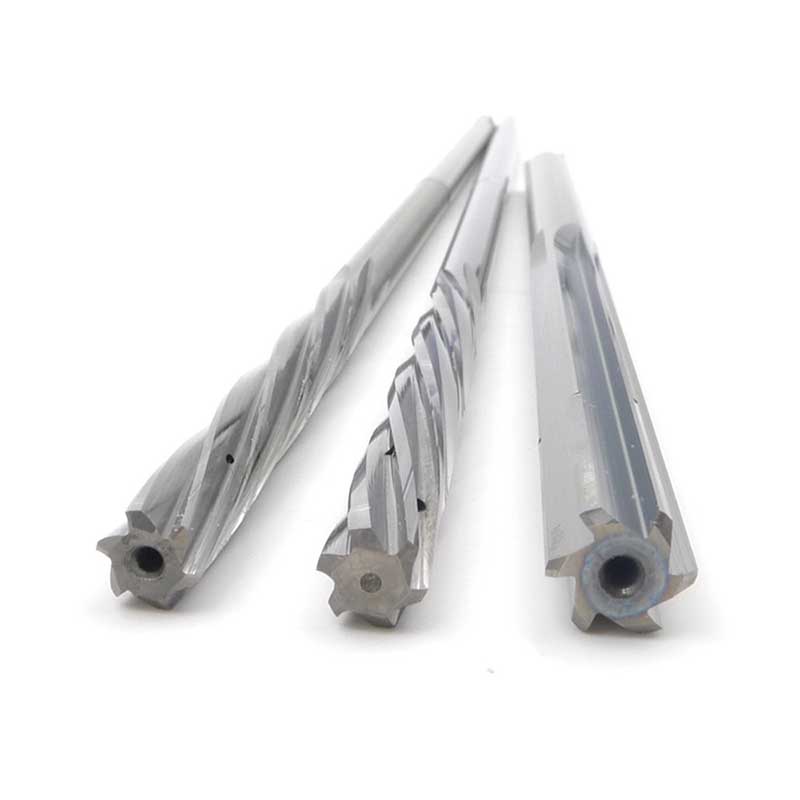When it comes to precision machining, hard alloy gun reamer machining depth is a crucial factor that can greatly impact the quality and performance of the finished product. Proper machining depth ensures that the reamer is able to effectively remove material and create the desired dimensions and surface finishes. In this blog, we will explore the importance of hard alloy gun reamer machining depth and how it can be optimized for maximum efficiency and quality.
Hard alloy gun reamers are commonly used in the firearms industry for creating precise and uniform bores in gun barrels. These reamers are made from high-quality hard alloy materials that are capable of withstanding the high temperatures and pressures generated during the machining process. The machining depth of the reamer refers to the distance that the cutting edges penetrate into the workpiece during the machining operation.
Achieving the correct machining depth is critical for ensuring the proper functioning and accuracy of the gun barrel. If the machining depth is too shallow, the reamer may not be able to fully clean up the bore and achieve the desired dimensions. On the other hand, if the machining depth is too deep, it can lead to excessive material removal and potential damage to the workpiece.
To optimize hard alloy gun reamer machining depth, several factors should be taken into consideration. First and foremost, the hardness and composition of the workpiece material should be carefully evaluated. Hard alloy reamers are designed to withstand the rigors of machining tough materials, but proper cutting parameters must be determined to prevent premature wear and ensure optimal performance.
Additionally, the cutting speed and feed rate must be carefully controlled to maintain the desired machining depth while minimizing the generation of excessive heat and cutting forces. Modern CNC machining technology allows for precise control over these parameters, enabling operators to achieve consistent and repeatable results.
Another important consideration for optimizing hard alloy gun reamer machining depth is the selection of the appropriate coolant and lubrication system. Proper cooling and lubrication can help dissipate heat and reduce friction, which can extend the tool life and improve surface finish. This is particularly important when machining hard alloy materials, as they are more prone to heat buildup and premature wear.
In conclusion, achieving the correct hard alloy gun reamer machining depth is vital for producing high-quality gun barrels with precise dimensions and surface finishes. By carefully considering the workpiece material, cutting parameters, and coolant/lubrication systems, operators can optimize machining depth for maximum efficiency and quality. With the right tools and techniques, hard alloy gun reamer machining can be performed to exacting standards, ensuring superior performance and reliability in the finished products.
Post time: Mar-05-2024


